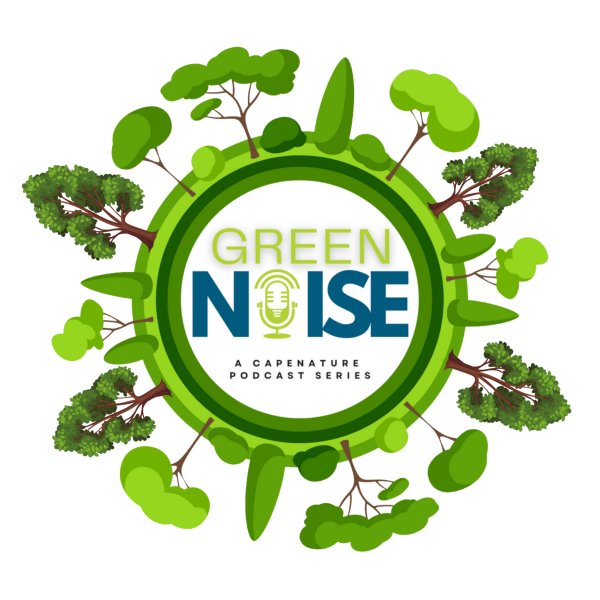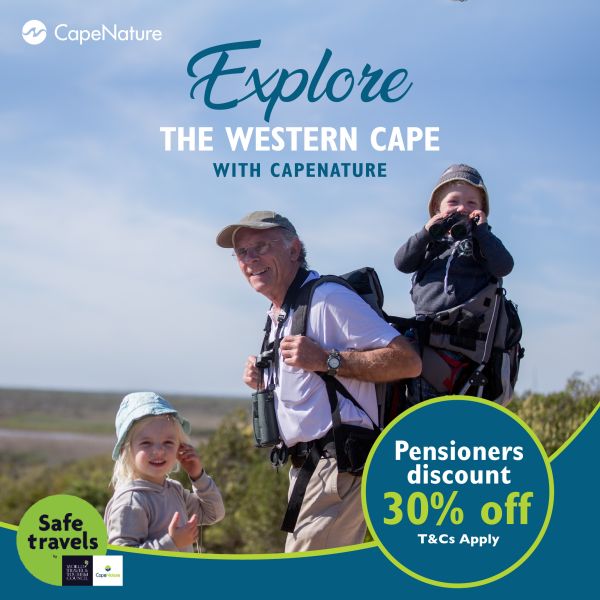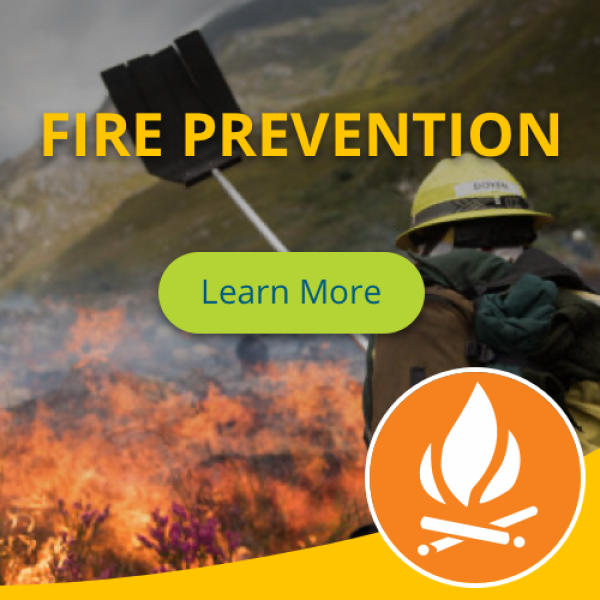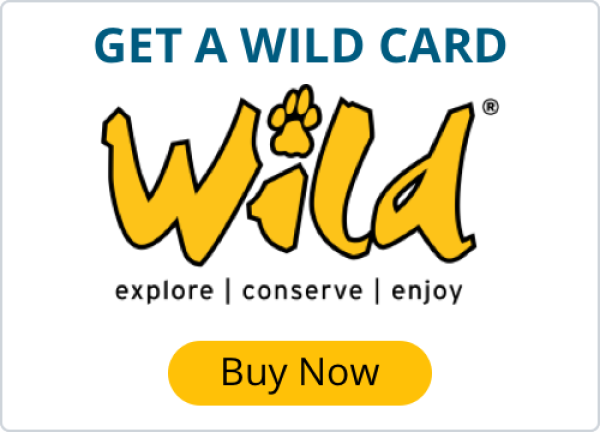

WHAT TO DO
Latest news

Marine Dynamics crowned winner of the ATTA® Marine Impact Award
Marine Dynamics Shark and Whale Tours has been honoured with the ATTA® Marine Impact Award during the Experience Africa Travel Conference in London on 23 June 2025. The award recognises organisations making a tangible difference in protecting Africa’s marine and coastal environments while fostering long-term community benefits.
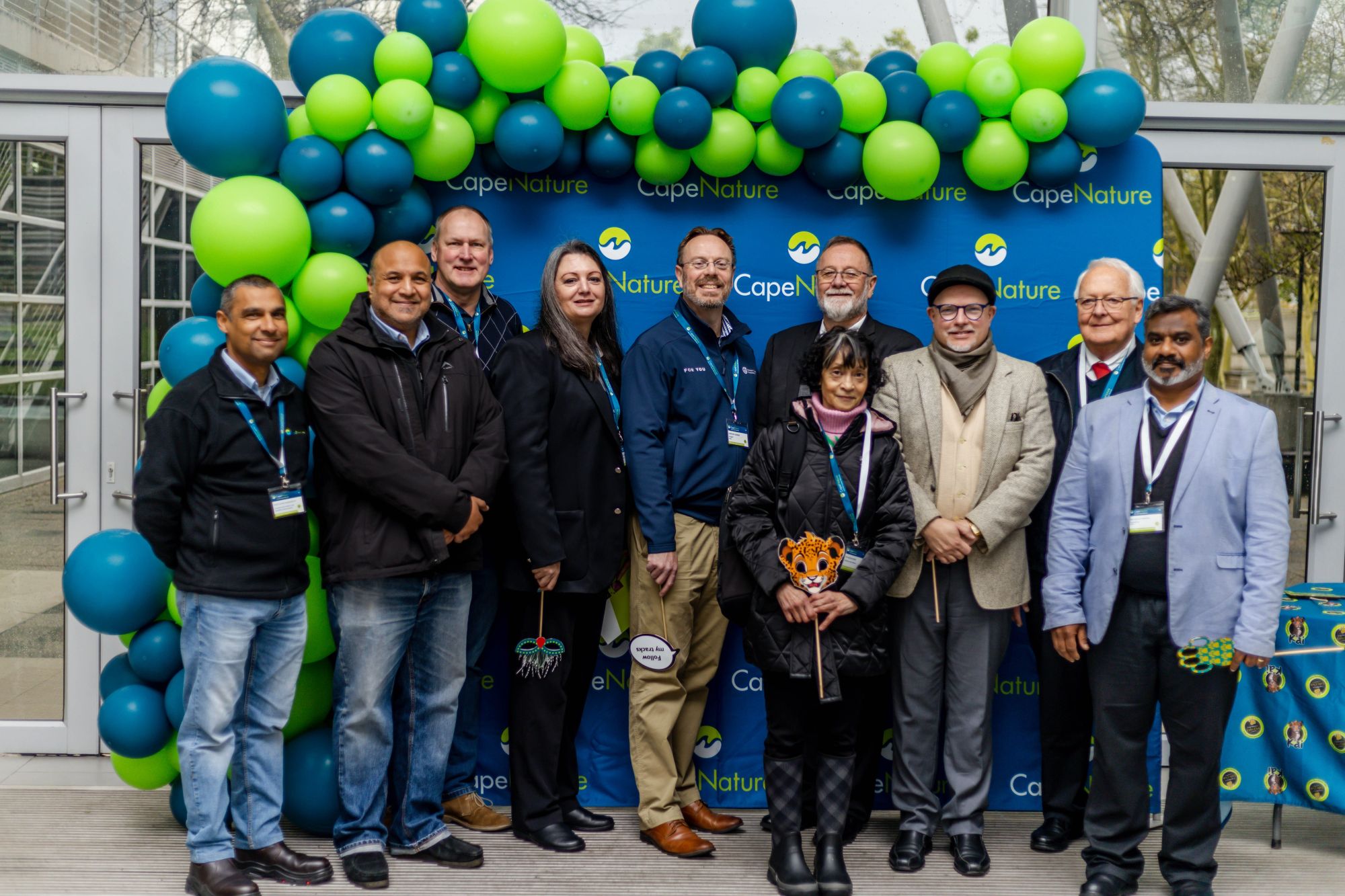
Conservation Review 2025 highlights Western Cape’s biodiversity and conservation resilience and adaptability
CapeNature showcased its significant achievements in conservation operations and exceptional biodiversity protection over the past year.
The central message throughout the event and central to the theme was an emphasis on the successful partnerships the Entity has cultivated with stakeholders. Many of these partners were also in attendance, showcasing delivery on collaborative projects. The Entity relies on the productive co-operation of many partners to successfully execute its mandate in the Western Cape.
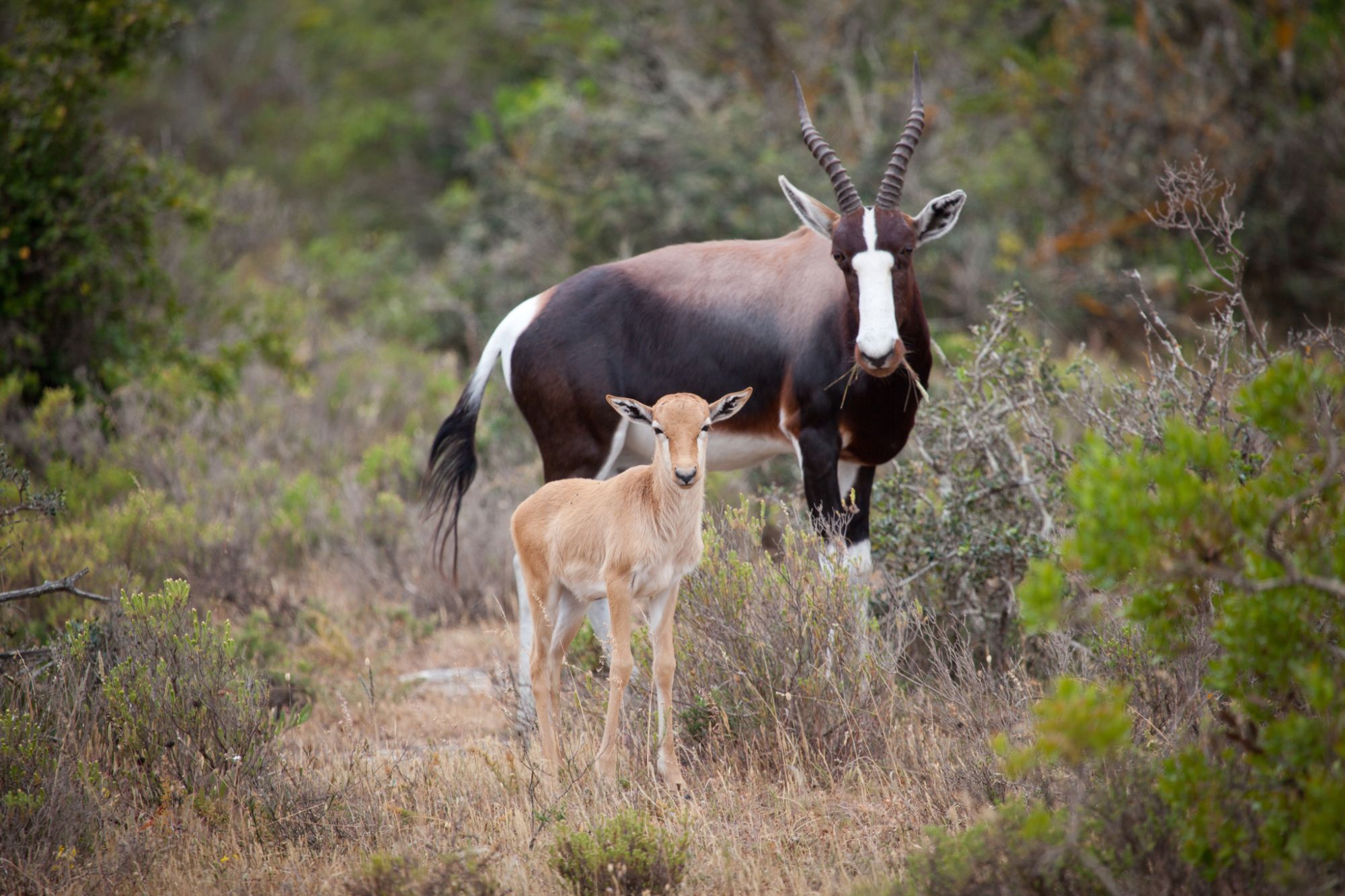
2025 State of Conservation Report highlights progress and priorities in protecting Western Cape biodiversity
CapeNature launched the 2025 State of Conservation Report this morning at its annual Conservation Review, offering a clear, evidence-based view of the Western Cape’s biodiversity and how conservation efforts are measuring up.
Key themes emerging from the report include sustained efforts to build biodiversity resilience in the face of climate change, the value of strategic partnerships, and the growing integration of monitoring data into planning and policy.
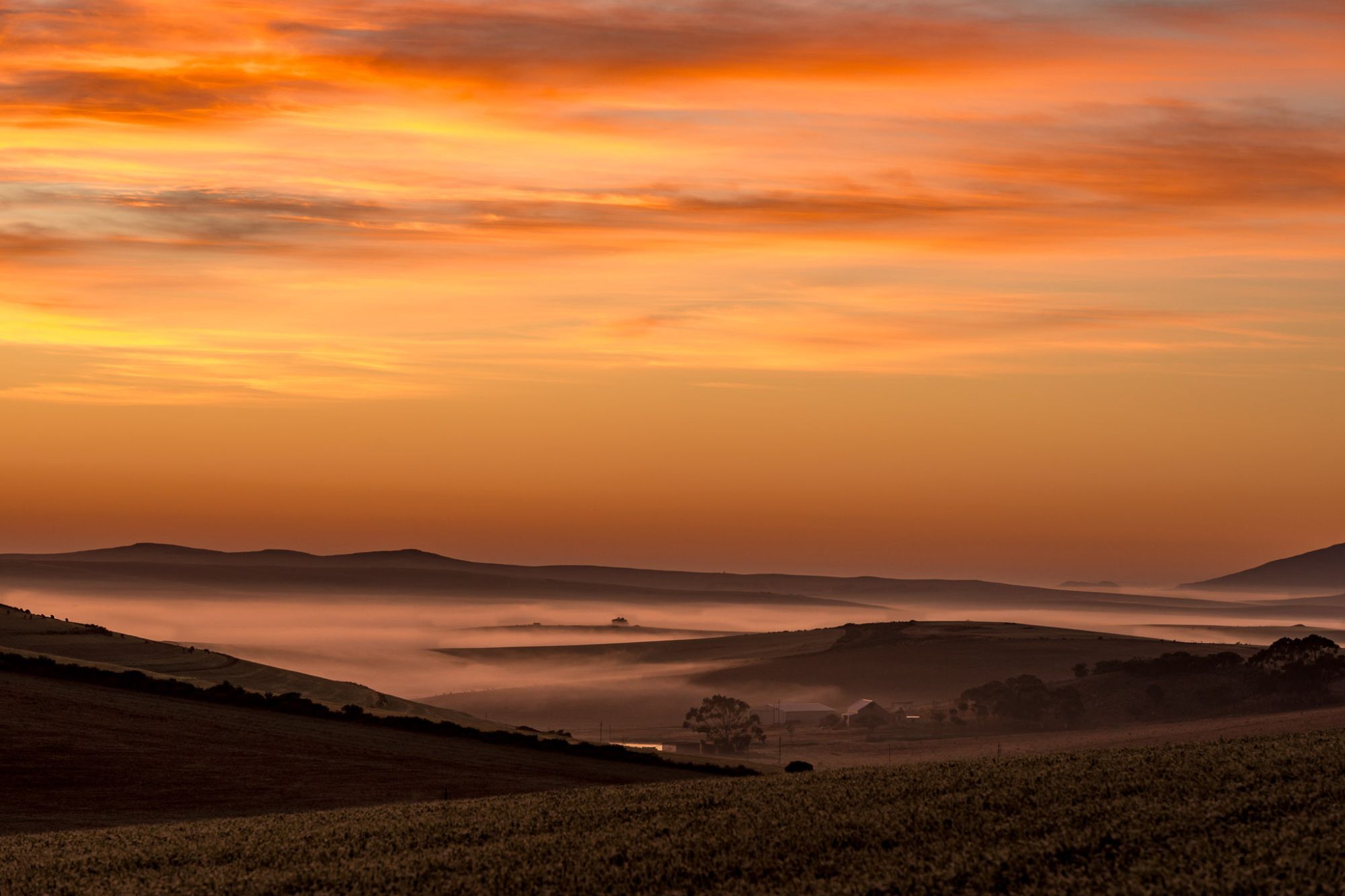
A Win for Renosterveld Conservation as Haarwegskloof Declared a Provincial Nature Reserve
In a major victory for biodiversity conservation, Haarwegskloof, which includes the largest remaining connected stretch of renosterveld left on Earth has officially been declared a provincial nature reserve.
The reserve is owned by WWF South Africa and managed by the Overberg Renosterveld Trust (ORT), a non-profit organisation dedicated to protecting and restoring the fragile renosterveld ecosystem that once covered large parts of the Overberg.

Damara Trail Wins Silver Award at International Tourism Film Festival Africa 2025
CapeNature is proud to announce that its Damara Trail video series has won the Silver Award in the Tourism – Products category at the prestigious International Tourism Film Festival Africa (ITFFA) 2025.
CapeNature’s videos stood out for their compelling storytelling, visual excellence, and ability to capture the essence of nature-based tourism in the Western Cape.
“We are incredibly proud that the Damara Trail videos have been recognised on an international platform. This award helps to underline our commitment to sustainable tourism offerings. Much like the Damara Trail itself, the video helps to tell the unique history and story of the Waenhuiskrans area to visitors both far and near,” said Sheraaz Ismail, Executive Director: Eco-Tourism and Access.

Climbing in Rocklands this Season? Here’s What You Need to Know After the Cederberg Fire
The Cederberg, a protected wilderness area managed by CapeNature and home to some of the most iconic climbing and bouldering routes in South Africa, was recently impacted by a wildfire that began on 7 March 2025. The fire ignited near Krakadouw Peak and burned for 13 days, before being fully contained on 20 March. In total, it scorched 20,834 hectares, spanning 97 kilometers of fire line, and included damage to the Rocklands “Bouldering Area” — a popular climbing zone. As a result of the fire, several popular climbing sectors and access routes have been damaged or are temporarily inaccessible.
Conservation in action
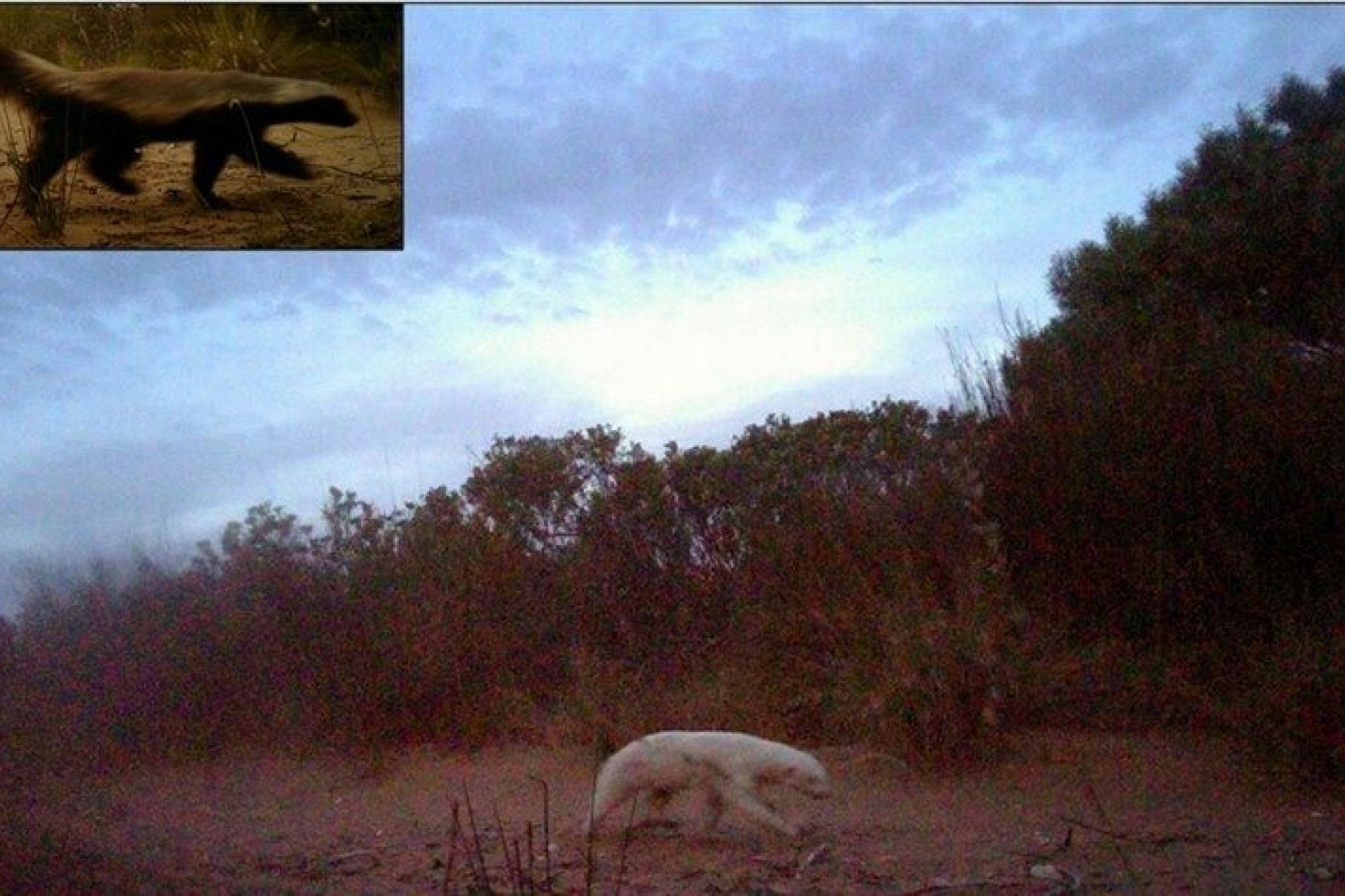
Ghosted: First Scientific Record of Albino Honey Badger on De Hoop Nature Reserve
CapeNature granted BirdLife South Africa and Panthera a research permit to undertake a camera trap survey at De Hoop Nature Reserve. Among the images captured was an extremely rare albino honey badger (Mellivora capensis), which is the first record of this condition for this species in scientific literature
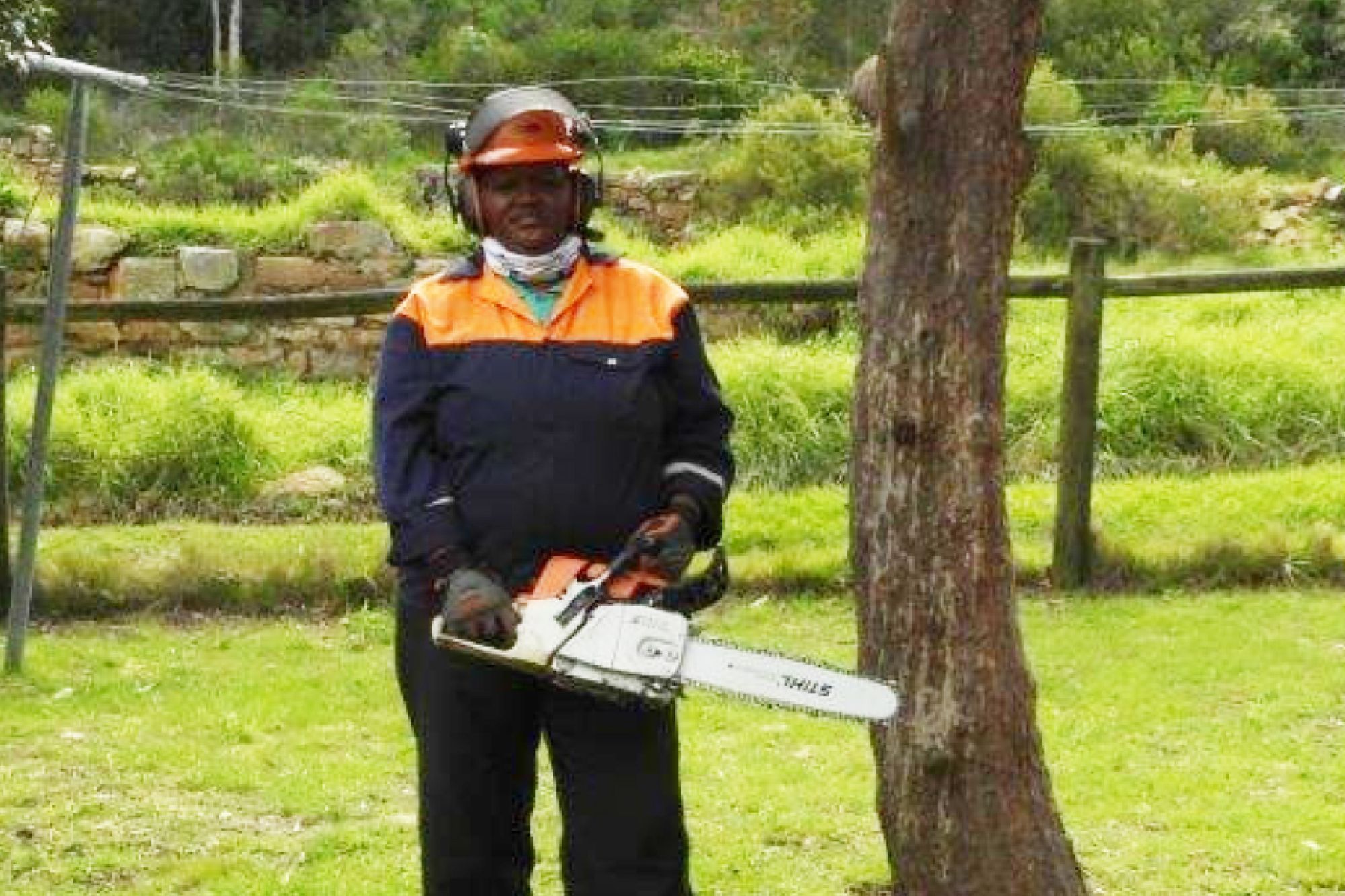
Celebrating gender equality in conservation
There is a number of women working at CapeNature in so-called non-conventional roles. The entity is known for creating an enabling environment where women employees can thrive and progress.
Groenvlei Carp Project
The Invasive Fish Species Management Non Profit Company (IFSM) consists of a group of volunteers that approached CapeNature in 2018 to remove invasive carp from Groenvlei lake by means of fishing bows.
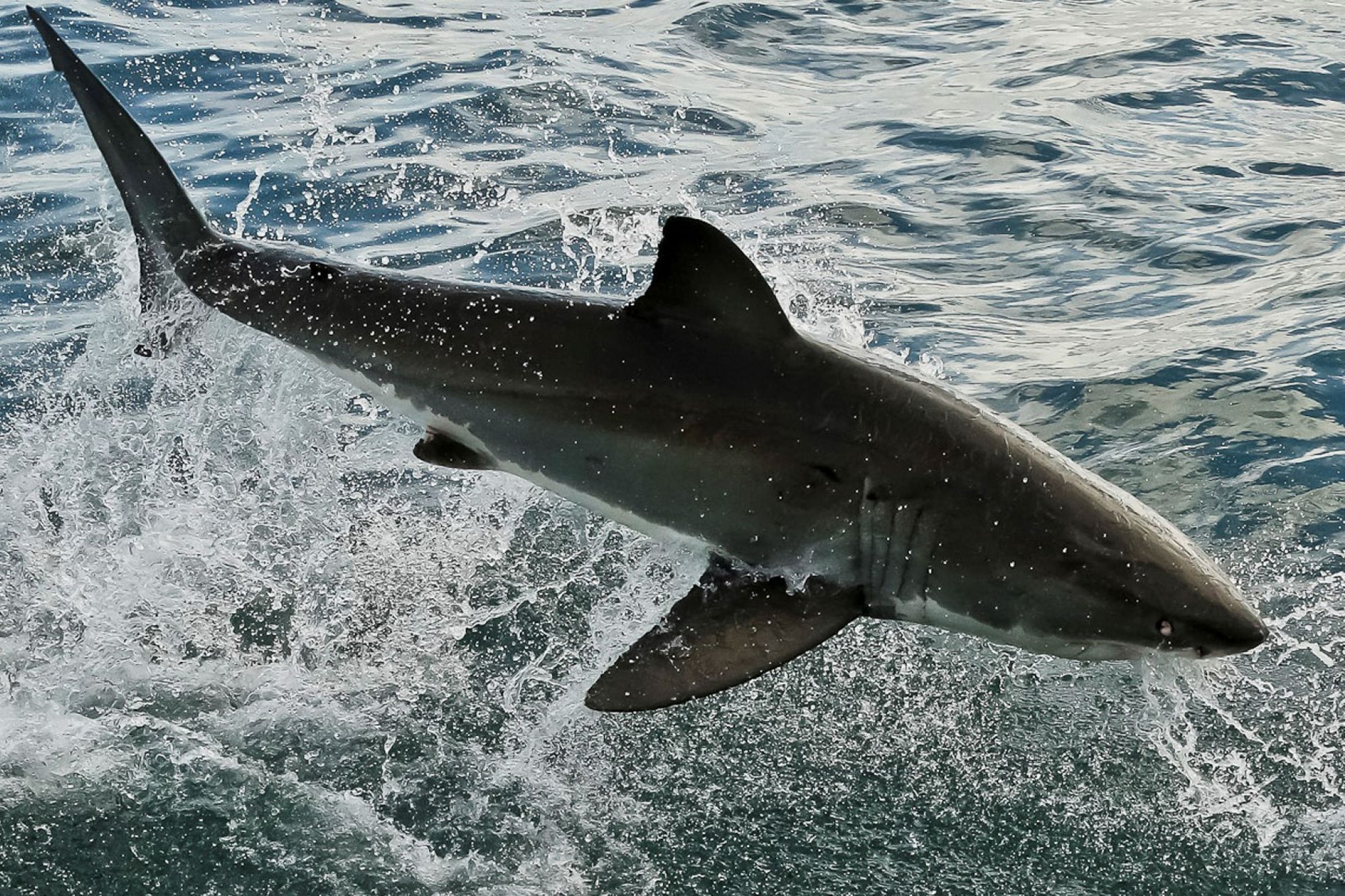
Monitoring the Great White Shark
The waters around Dyer Island are an important seasonal feeding ground for great white sharks. Researchers working through Dyer Island Conservation Trust have demonstrated a decrease in white shark sightings around the island since 2017.
Possibly extinct Brenton blue butterfly
Of the two localities at which it is known to have occurred, the Brenton blue butterfly is now extinct at one (Nature’s Valley) and possibly extinct at the other (the Brenton Blue Butterfly Reserve near Knysna).
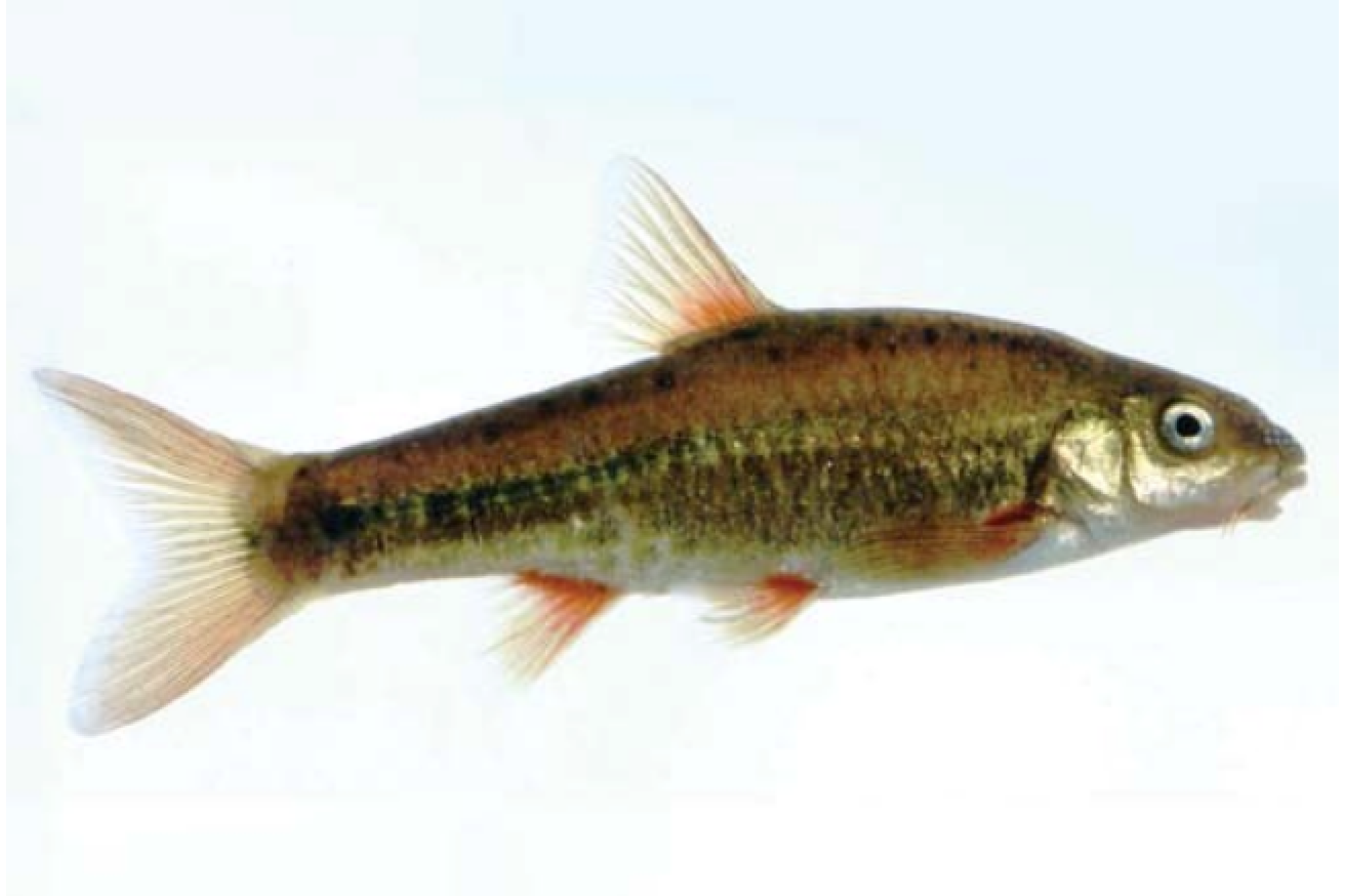
Conservation of Barrydale redfin
The tiny Critically Endangered Barrydale redfin, for example, is limited to just 40 km2 in the Tradouw catchment where it is threatened by water abstraction, pollution and alien fish.
Events Calendar
International Zebra Day
International Zebra Day
CapeNature Conservation Review 2024
CapeNature Conservation Review 2024World Wetlands Day 2024
World Wetlands Day 2024Featured accommodation
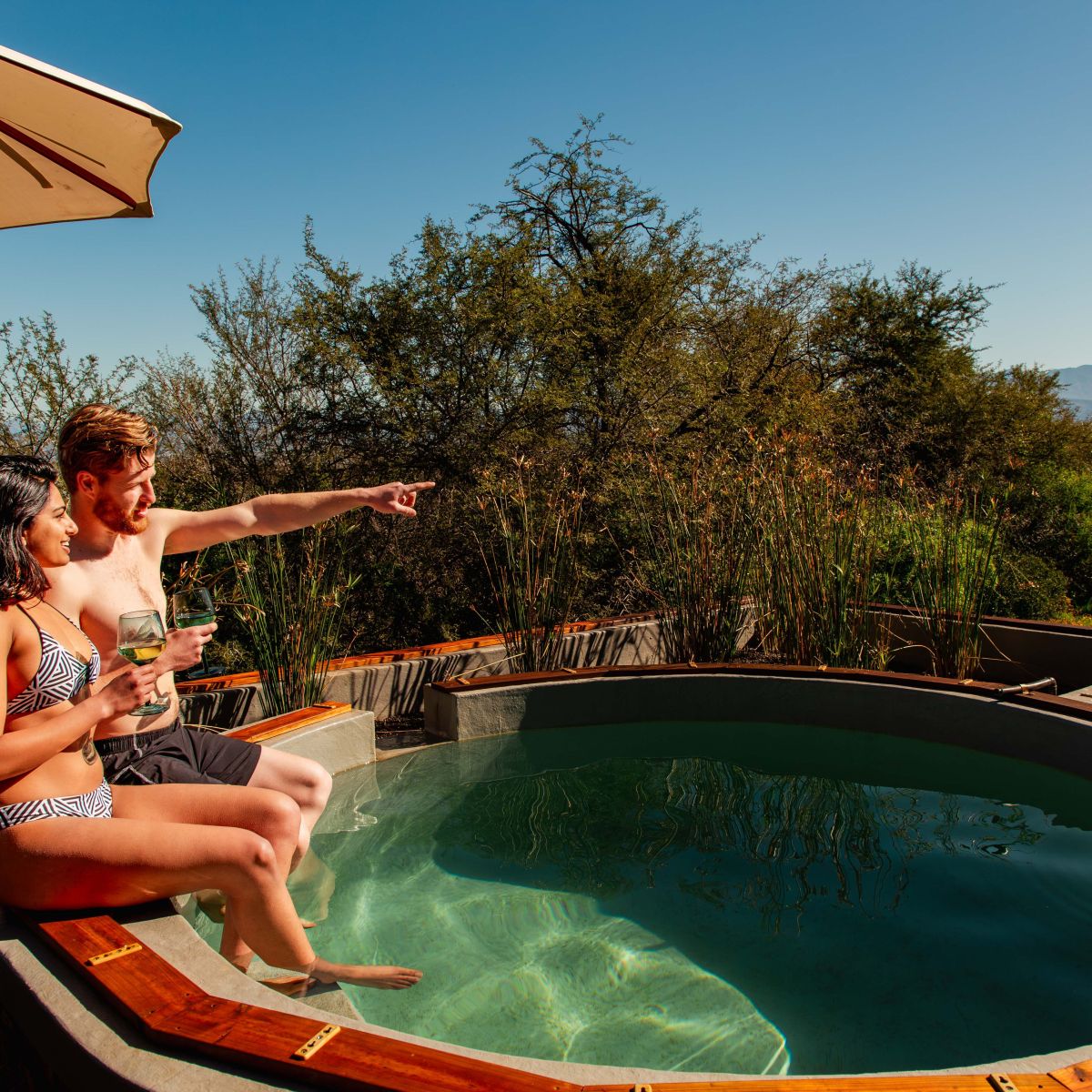
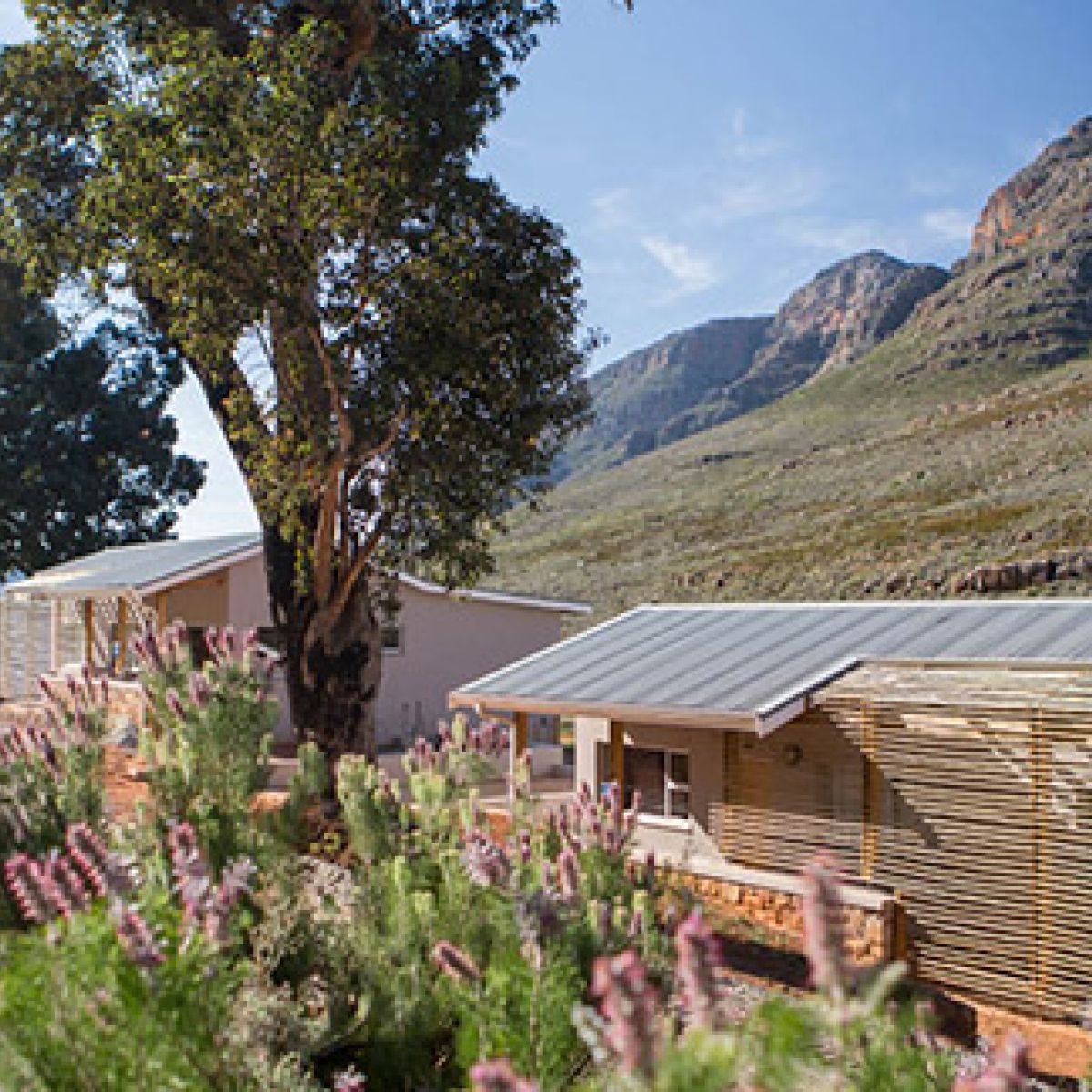
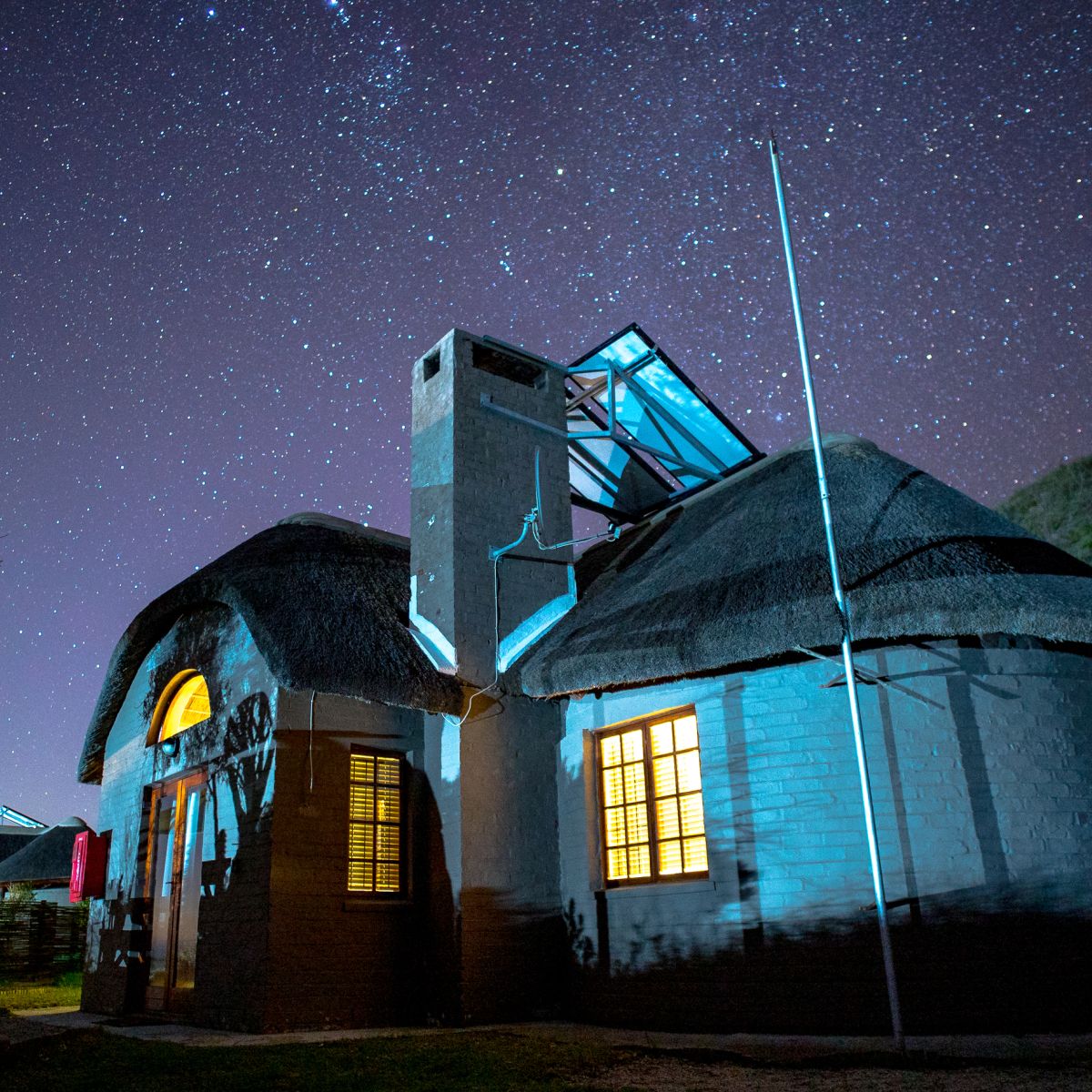
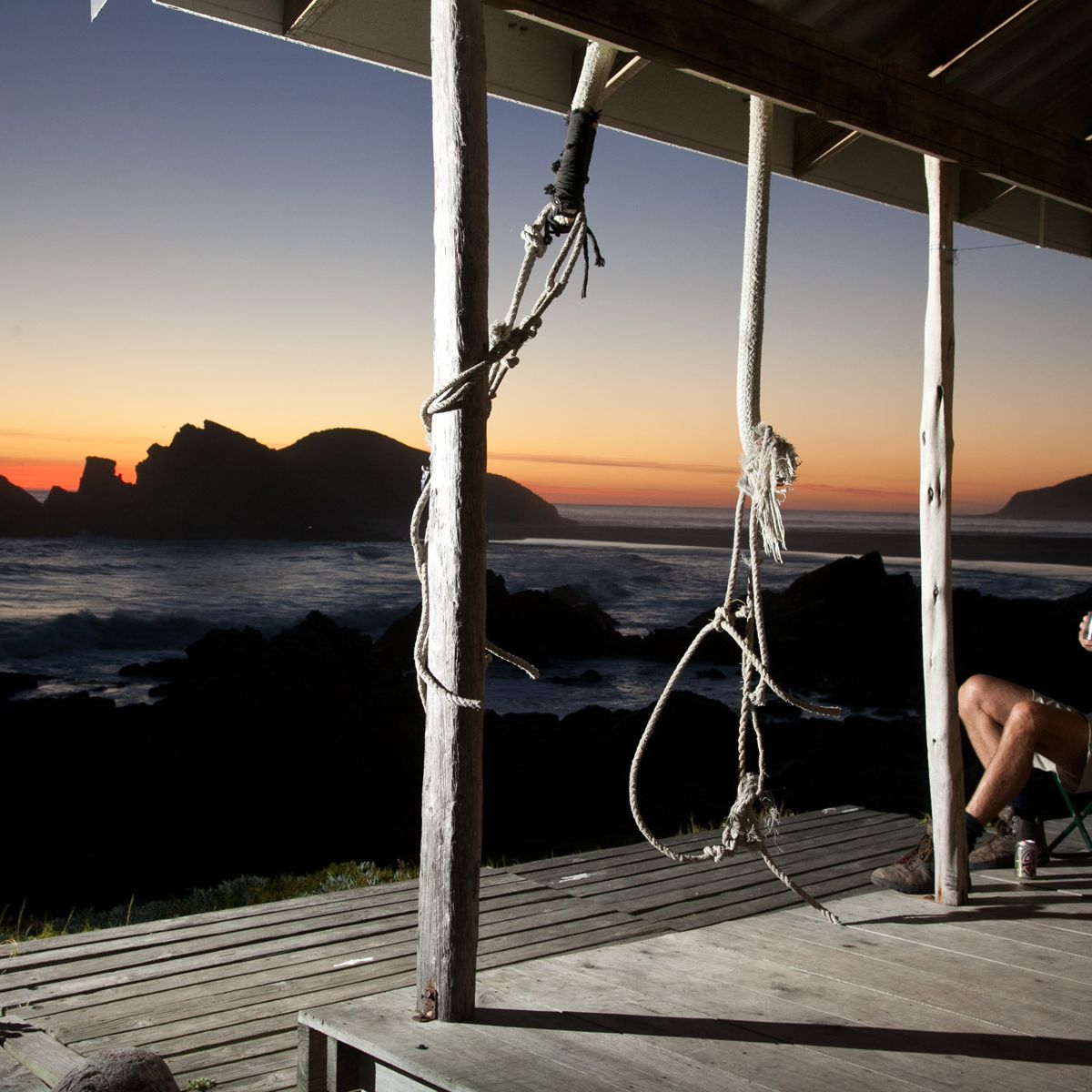
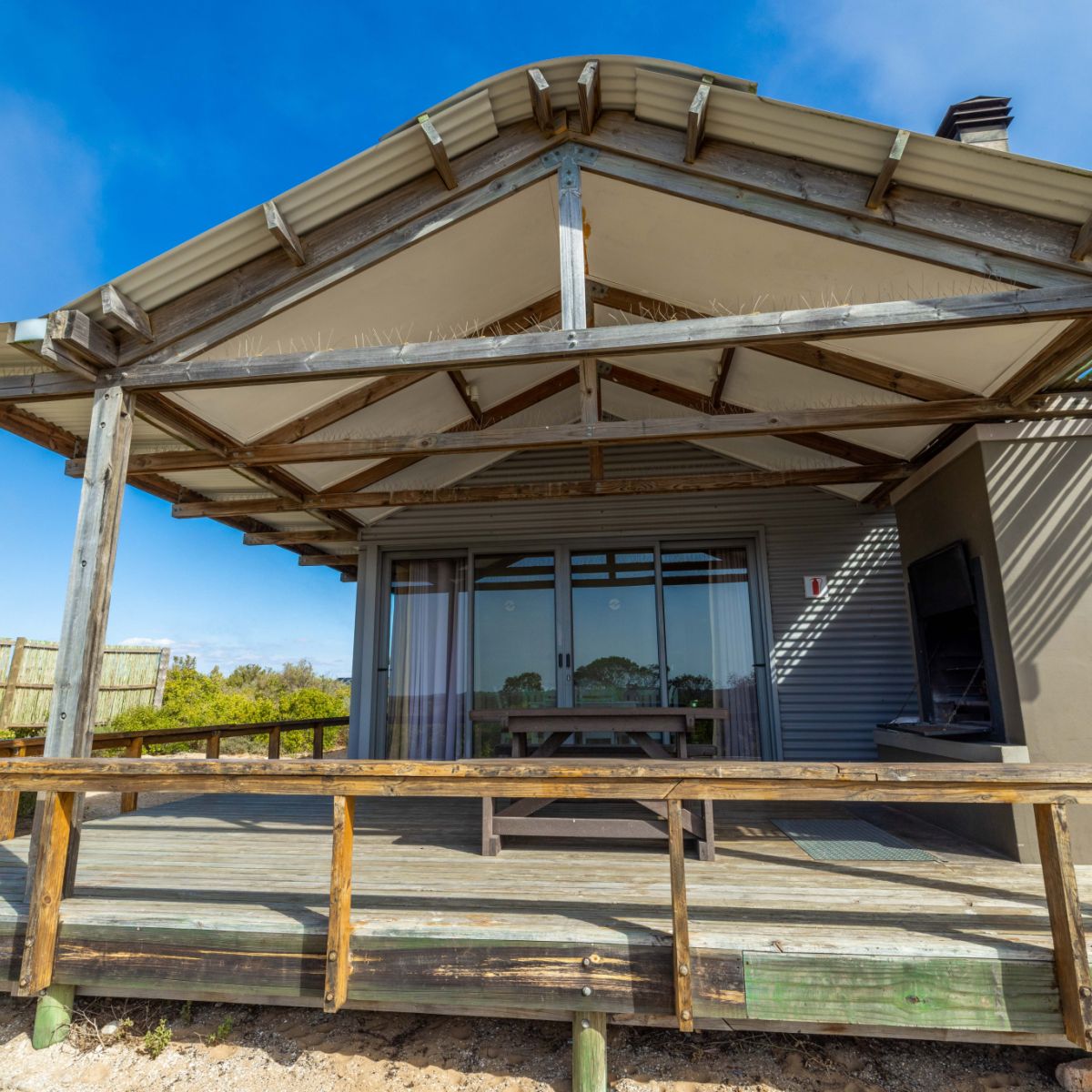
Reviews
Featured reserves

Goukamma Nature Reserve
We recommend that you use a vehicle with a high ground clearance when traversing on reserve.
Goukamma Nature and Marine Reserve was proclaimed a marine protected area in 1990 and it is heralded as one of the country’s conservation success stories. The reserve stretches along 16.5km of the coastline between Buffalo Bay and Platbank, and 2 500 hectares inland.
Buffalo Valley’s three self-catering timber lodges are fully equipped and sleep between four to six people.
Buffalo Valley is a large conservation area two kilometres from the warm Indian Ocean.

Marloth Nature Reserve
Marloth Nature Reserve is hidden away in the imposing Swellendam Mountains, between Swellendam, Ashton, Barrydale and Suurbraak. The peaceful reserve, which is 14 123 hectares in size, is managed together with 16 532 hectares of privately owned land, and is a World Heritage Site.


